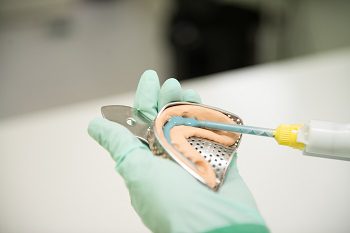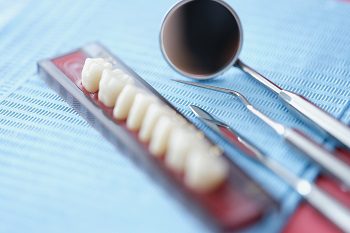The Five Steps Of Fixed Bridges
2022-02-27
Getting a fixed bridge usually requires 1 or 2 dental visits. The procedure is minimally invasive and uses two or more crowns attached to pontics. It readily fills in the gap created due to missing teeth and provides a comfortable chewing experience to the patient. At the start, the patient gradually adapts with a fixed bridge. Once it's done, the patient becomes satisfied as it functions like natural teeth. In this article, we will explore the procedural steps involved in placing fixed bridges to enlighten you. So, let's begin.
The procedure of fixed bridges is decided into five steps discussed below.
Step # 1: Mouth Examination.
In the first step, the dentist will examine your mouth to see if any underlying issues like tooth decay or gum disease are present. In that case, he will fix them at first before preparing you for treatment.
Step # 2: Two anchoring teeth will be prepared.
Next, two anchoring teeth will be prepared after numbing them. It is done by removing an enamel portion to allow for a crown. Once it's done, the dentist will immediately move to the next step.

Step # 3: The dentist will make an impression.
In this step, the dentist will make an exact mold or impression, then be sent to a dental laboratory. Here the bridge will be fabricated according to the patient's size and need. This step is crucial in determining the success of the whole bridge procedure. If it's done accurately, it can ensure a good fit for the patient.
Step # 4: A temporary dental bridge will be fitted.
Once the impression has been sent to the lab, the dentist will fit a temporary bridge in the patient's mouth. It is done to facilitate the patient till the permanent bridge comes in. The patient will wear this temporary bridge till his next dental visit
Step # 5: The permanent Bridge will be cemented.

The dentist will place a permanent bridge in your mouth on the second visit. It will be carefully checked and cemented to achieve the best fit as per your mouth's requirement. it is also possible that the dentist will temporarily cement the bridge initially. It is done to allow your tissue and teeth to adapt to this new thing. And once it is achieved, the dentist will cement the permanent bridge.
The dentist will recommend certain caring to protect your dental bridge when this procedure is done successfully. You will need to use a soft-bristled toothbrush with fluoride toothpaste to care for it properly.
Conclusion:
From restoring your smile to preventing teeth from drifting out, fixed bridges have maximum advantages for the patient. Suppose you have healthy supporting teeth to hold a bridge and have consecutive missing teeth. In that case, a fixed bridge might be a suitable treatment for you. Consult your dentist in this regard and restore your tooth.
Contact your Walnut Creek dentist, Dr. Darvishzadeh at Walnut Creek Dental today to learn more about fixed bridges.
Resource:
Learn More About Porcelain Fixed Bridges
Neither this nor any other content in this media is meant to prescribe, recommend, or prevent any treatment or procedure. We highly recommend that you get the advice of a qualified dentist or other medical practitioners regarding your specific dental condition.
Subscribe To Our Newsletter
Get Updates And Learn From The Best